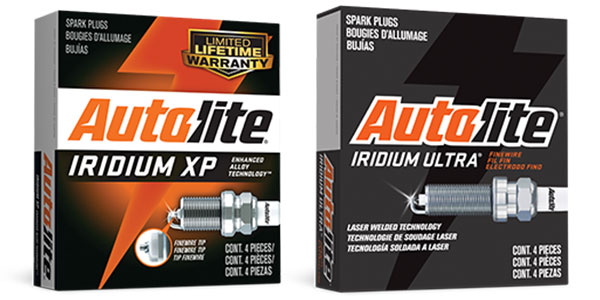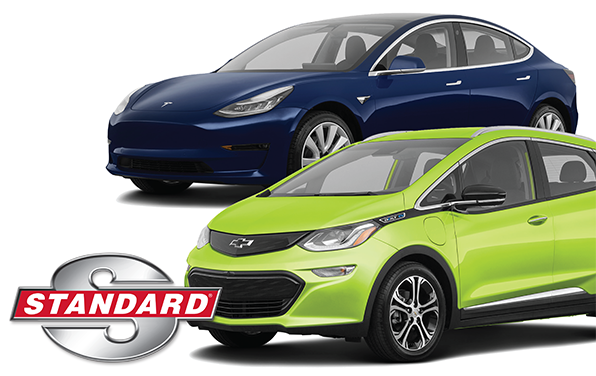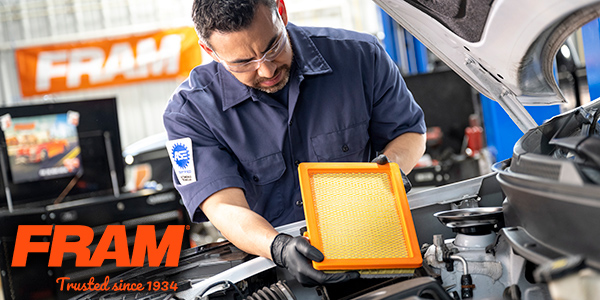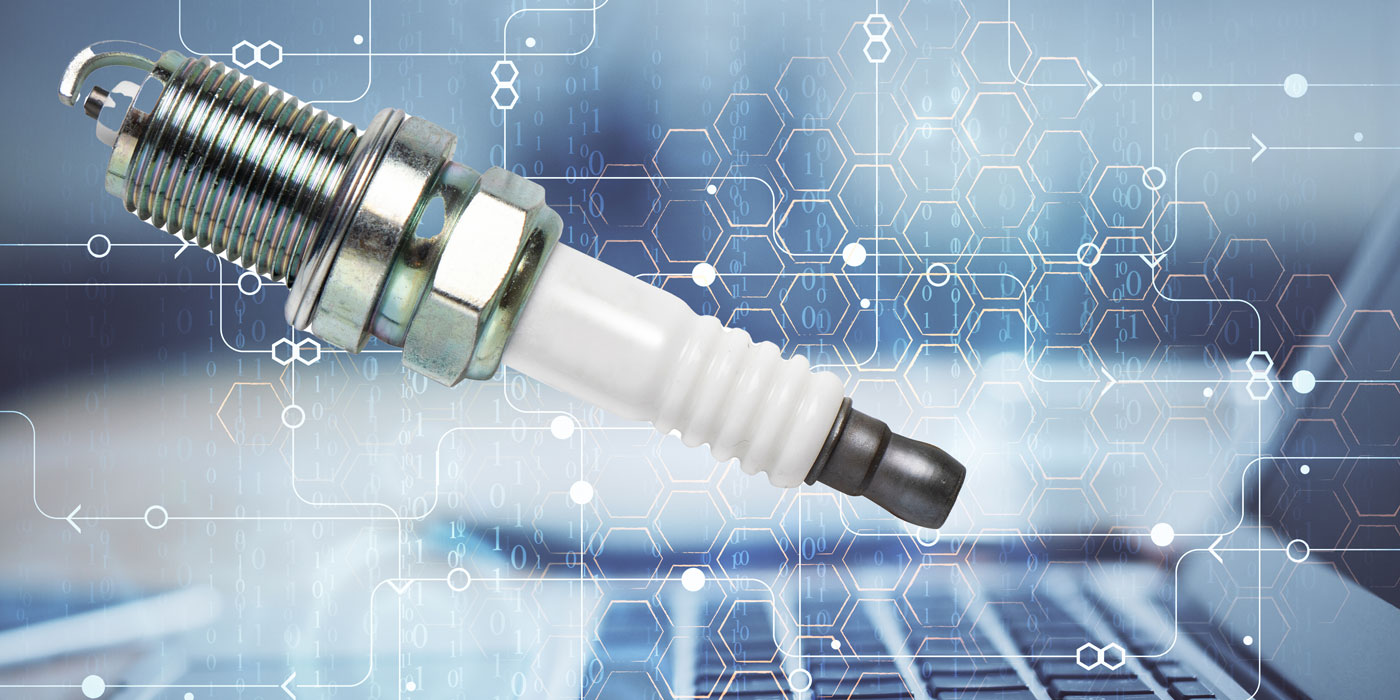There are at least 500 components in the modern car engine. Our favorite – and an often-underrated part – is the spark plug. Spark plugs deliver the electric current from the ignition system in our vehicles to the combustion chamber of a spark-ignition engine, igniting the compressed fuel/air mixture with an electric spark. When thinking about secondary ignition waveforms, many auto pros will immediately think of ignition coils, but they should think of the spark plugs as well.
Secondary ignition waveforms are captured when you record the ignition event from when power is applied to the coil, to the point where the coil oscillates with the remaining energy. This ignition event can happen in 6 to 10 milliseconds, and 1 millisecond per division is usually the optimal time base depending on the size of the screen and the type of ignition system you’re running. They also can help determine the overall health of the ignition system components, including the spark plugs and coils.
It is imperative that you can confirm a known healthy secondary ignition waveform for a vehicle, so you can keep track of the wellbeing of the engine. Secondary ignition waveforms are largely influenced by spark plugs and the resistance of their two electrodes, also known as the burn line. The burn line from the secondary ignition waveform is the amount of time the spark is between the two electrodes, which can vary depending on the amount of air and fuel that pass between the two electrodes. Burn lines can tell you a lot about what is happening inside the combustion chamber.
If you experience a very turbulent combustion cycle, you’ll see spikes up and down. But if the fuel and air are properly distributed, the line on the graph should be smoother, with a little bit of a jump up and down – but nothing significant. If there is greater than normal resistance in the gap, the burn line may be long, while if there is no resistance with the electrodes being very close together, you’ll notice a very short burn line.
You can tell when the engine is experiencing a wasted spark just by looking at the burn line. Not only will the length of the line tell you the condition of the spark plug, but it can give you specific indicators about the spark plug – if the spark plug is worn out, damaged or if it needs to be replaced because the electrodes are pinched together.
Autolite has been focused on developing spark plugs since 1935. We’ve done the research and put in the hours to enhance the performance, durability and ignitability of plugs for domestic and import engines. Our latest advances in technology are our iridium spark plugs, Ultra and XP. These plugs offer the highest level of performance and limited lifetime warranties to show you we mean business. Explore the benefits of our new Iridium Ultra® spark plugs at autolite.com.
This article was sponsored by Autolite.















